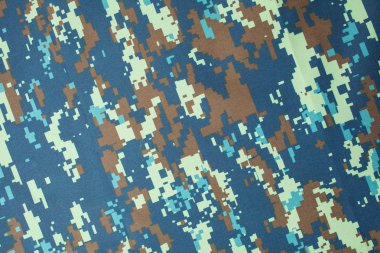As outlined in the article “Military Textiles: Features, Characteristics and Materials,” military textiles, also known as armed forces textiles, play a critical role in ensuring the safety and well-being of soldiers in diverse and challenging environments.
Throughout history, military textiles have evolved to meet the ever-changing needs of warfare. From ancient civilizations utilizing animal skins and furs for protection to the sophisticated high-tech materials integrated into modern uniforms, the journey of military textiles reflects the advancements in human ingenuity and technology.
During ancient times, leather emerged as a primary form of protection, gradually evolving to include metal plates and scales to withstand slashing and cutting weapons. The development of lamellar armor by the Syrians and the adoption of chain mail by various civilizations underscored the continuous quest for improved defense mechanisms.
As warfare evolved, so did the demands placed on military textiles. The advent of firearms necessitated armor capable of withstanding impact from large-caliber projectiles, leading to the refinement of protective gear despite the challenges of increased weight and mobility concerns.
Moreover, military textiles extend beyond uniforms to encompass a wide array of applications, including parachutes, safety harnesses, ropes, and tenting, highlighting the versatility and significance of this specialized field.
Click here to learn more about Acme Mills’ capabilities or products.
Article with all rights reserved, courtesy of textilelearner.net
Photo with all rights reserved, courtesy of depositphotos.com










